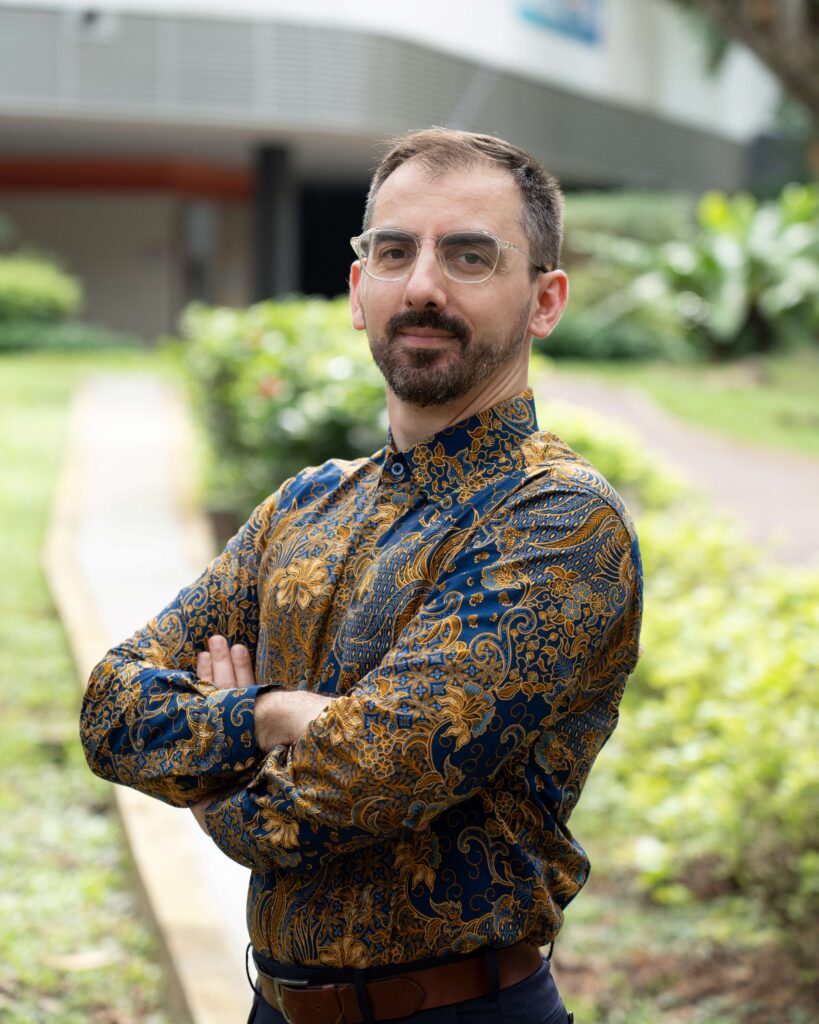Biography
Although he initially aspired to be a painter and a neurosurgeon, Aleksandar pursued his studies in Industrial Design in Linz, Austria, only because of being fortunate enough to pass the aptitude test. Throughout his undergraduate years he experienced a deep interest in decision-making within the design process which is why his curiosity led him to explore science and philosophy extensively, aiming to develop methods for evaluating ideas effectively: his challenge was never a shortage of ideas but rather an abundance of them and justifiability of ideas was his main concern.
During his undergraduate studies, Aleksandar worked on a variety of projects, including designing a functionally improved ergonomic mortar and pestle; conceptualizing a skeuomorphic GUI for elderly users of software applications; assuming the role of a creativity instructor for a high school history project; co-creating the corporate design and communication for his department; designing a bio-inspired robotic arm; creating a pictographic story of its design process (Red Dot Design Award); and developing a topologically optimized biomimetic end-effector manufactured via selective-laser-melting of a titanium alloy (Patent).
Aleksandar earned his PhD in Industrial Design at NUS, focusing on a modularized robotic arm using pneumatic artificial actuators (Patent). His dissertation also examined the implicit and explicit rationales of design methods and design heuristics applied by researchers and engineers within his research domain. Following his PhD, he became a research fellow at the NUS Evolution Innovation Lab, where he developed a gripper for harvesting strawberries in vertical indoor farms. Later, he joined the NUS Regenerative Agritech Centre, supervising undergraduate students on hardware solutions for indoor farming.
Puzzled by the misappropriation of design methods by non-trained and semi-trained novice designers in various disciplines, he joined the EDIC to understand this issue better and to develop strategies to correct these practices among non-industrial-design students and other practitioners.


